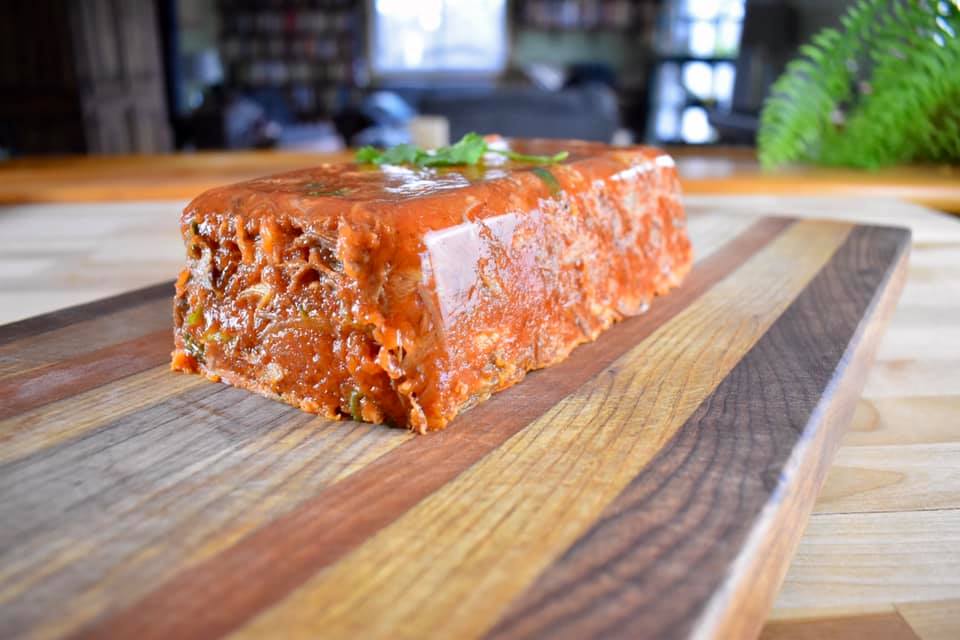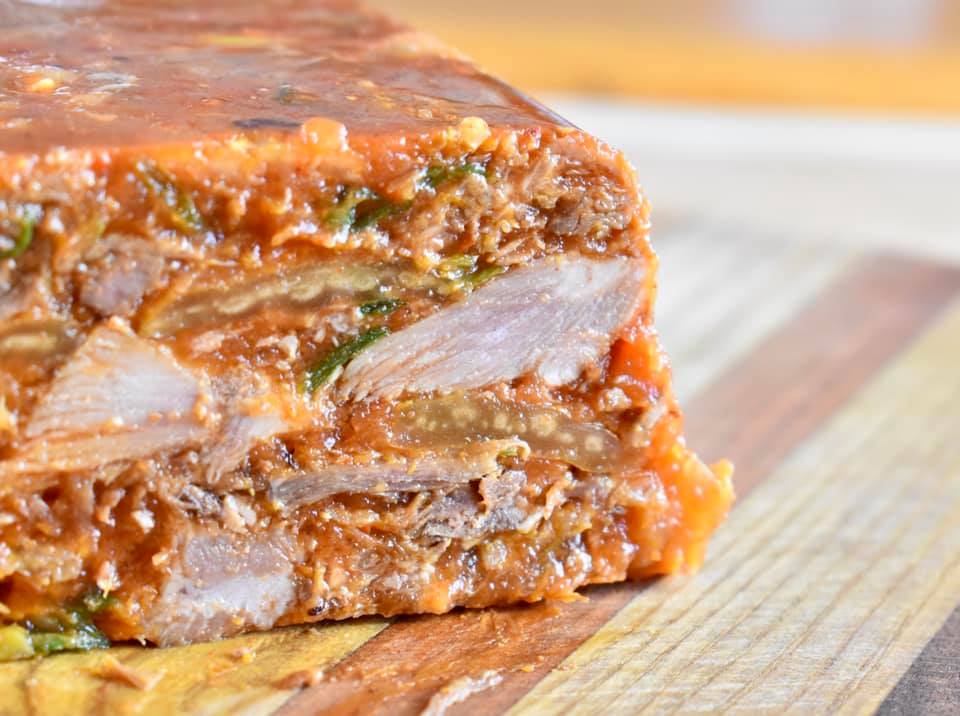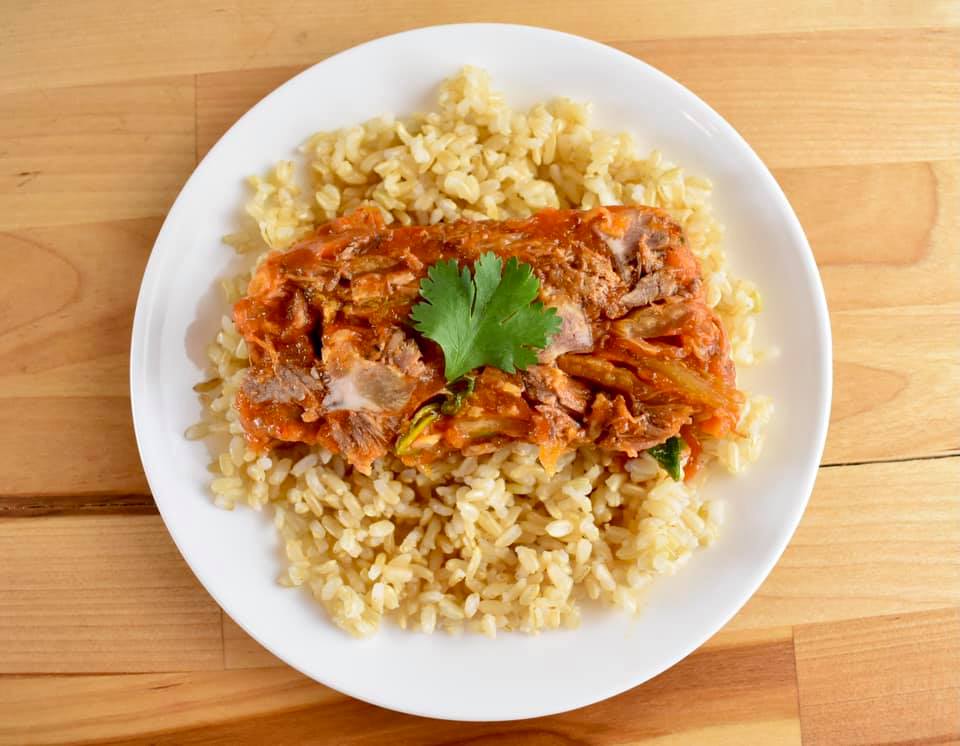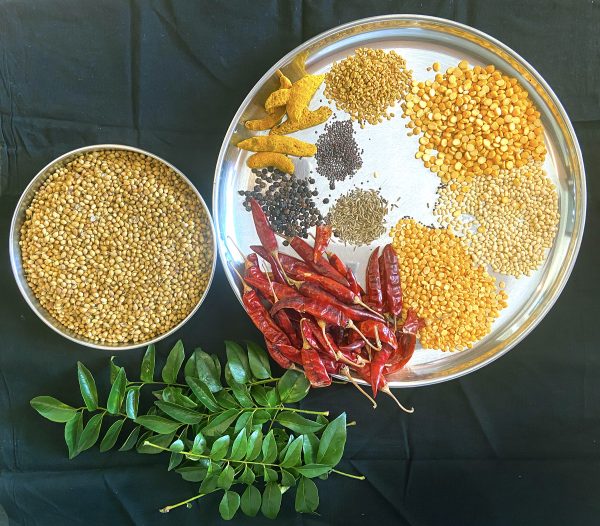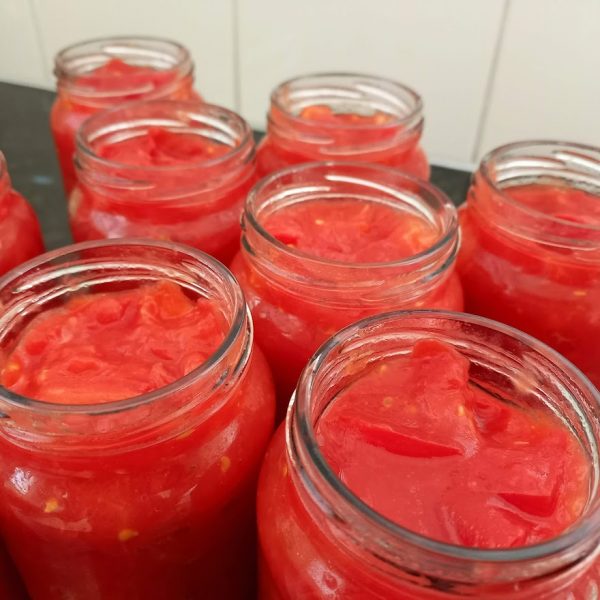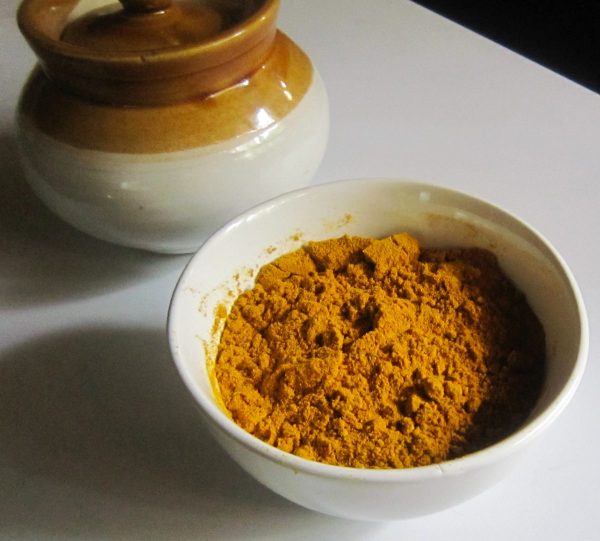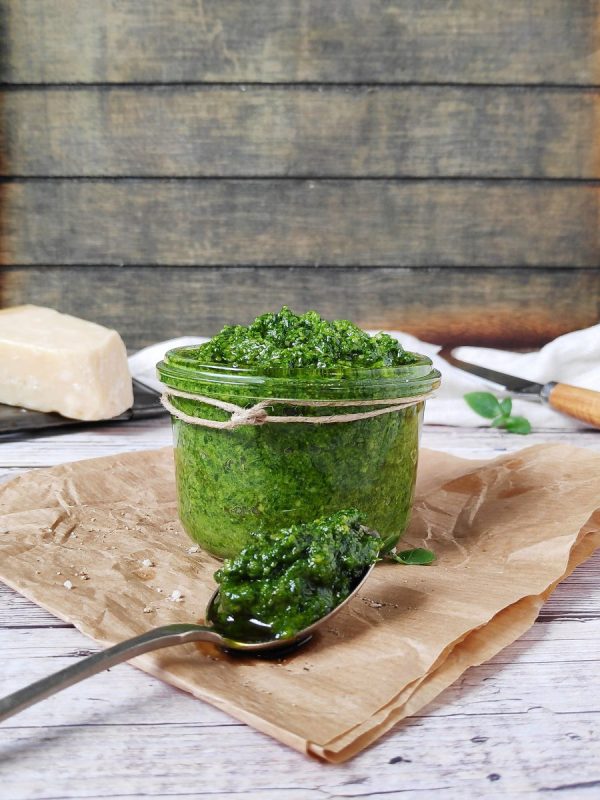Being a proud proponent of nose-to-tail eating, I never let anything go to waste, even the head! I've made several types of headcheese in the past, but I was looking for something spicier and more exciting than the European versions. I was inspired by the Korean stew kimchi-jiggae and decided to use the same ingredients and flavours found in the stew in a new headcheese recipe. My instincts proved to be dead on and the headcheese turned out spectacular!
Korean Headcheese with Kimchi
The Story
A fun Korean twist on a classic European headcheese recipe.
Korean Headcheese with Kimchi
This is a loose recipe for headcheese (brawn) made with Korean ingredients. Since the size of pork pieces will vary, you'll have to adjust the amount of seasonings to suit the amount you are using. I enjoyed slices of this on a bed of brown rice, but you could eat it in sandwiches, lettuce wraps, on noodles, or as-is. This is a very hands-on recipe using whole animal parts, so it may not be for everyone. For those who can do this type of thing, it is a very delicious and rewarding way to use the whole pig!
Ingredients
- 1 half pig head, cleaned
- 1 whole pig foot/shank, cleaned
- 1/2 cup gochujang fermented pepper paste
- 3 tbs gochugaru chili flakes
- 2 tbs rice wine vinegar
- 1 tbs soy sauce
- 1 tsp sesame oil
- 1 tbs garlic, minced
- 4 whole green onions/scallions, sliced
- 2 cup baechu kimchi
- salt to taste
Instructions
- Cover head and foot in cold water in a large pot. Simmer gently for at least 6 hours, or until meat is falling off the bone.
- Remove the head and foot from the liquid and let cool. Strain the liquid through a fine mesh strainer or a colander lined with cheese cloth. Discard the solids and set the liquid aside to cool.
- Once the meat is cool enough to handle, go through it and pick out all of the usable meat. Tongue, cheeks, and collar will be where you find most of it. You can use the ears and snout if you want to as well. Discard anything that doesn't resemble meat, like the bones, eyes, palate, etc.
- Now shred the meat into smaller, bite-sized pieces. Remove the outside layer of the tongue and discard it, then slice the tongue. Slice the ears into ribbons if using.
- Mix together the gochujang, gochugaru, vinegar, soy, sesame oil, and garlic in a large bowl. Add in the onions and kimchi as well as the shredded meat. Pour in a little bit of the cooking liquid and mix everything together well. Taste a spoonful and add enough salt that it tastes slightly over-salted. This will settle out once you add more liquid and let it set.
- Now you can put the ingredients into a mould to set, I used a glass loaf pan, but you could use a pre-made mould, cake pan, large empty can, or even a bowl. Put the meat mixture in, then pour over enough of the cooking liquid to cover. Use a spoon to mix everything together, making sure that all of the solids end up submerged under the liquid. Now set it in the fridge to set overnight.
- The next day, try tipping the headcheese out of the mould by turning it upside down and gently tapping the bottom. If it won't come out, use a butter knife to separate the sides and edges from the mould, then try again. It should pop out and be firm enough to completely hold its shape.
- Using a sharp knife, cut slices off of the main piece of headcheese to serve. The headcheese should be nicely balanced with spice, saltiness, and acidity. Enjoy!

